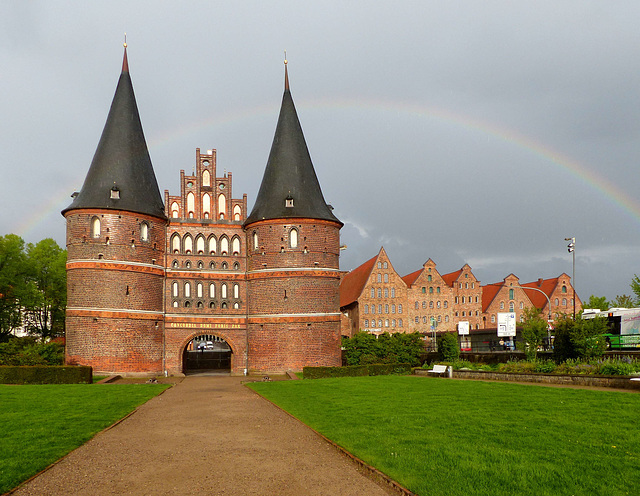Lübeck - St. Marien
Lübeck - St. Marien
Lübeck - St. Marien
Lübeck - St. Marien
Lübeck - St. Marien
Lübeck - St. Marien
Lübeck - St. Marien
Lübeck - St. Marien
Lübeck - St. Marien
Lübeck - St. Marien
Lübeck - St. Marien
Lübeck - St. Marien
Lübeck - St. Marien
Lübeck - St. Marien
Lübeck - Town Hall
Lübeck - Town Hall
Lübeck - Town Hall
Lübeck - Town Hall
Lübeck - Town Hall
Lübeck - Buddenbrookhaus
Lübeck - Mengstraße
Lübeck - Gumball Machine
Lübeck - Anno 1216
Lübeck - Holstentor
Walsrode - Kloster Walsrode
Walsrode - Kloster Walsrode
Walsrode - Kloster Walsrode
Walsrode - Kloster Walsrode
Walsrode - Kloster Walsrode
Walsrode - Stadtkirche
Walsrode - Stadtkirche
Walsrode - Stadtkirche
Walsrode - Stadtkirche
Rethem - Gumball Machine
Bad Meinberg - Kurhotel zum Stern
Bad Meinberg - Evangelisch-reformierte Kirche
Bad Meinberg - Evangelisch-reformierte Kirche
Bad Meinberg
Bad Meinberg - Alter Krug
Bad Meinberg - Rose Klinik
Bad Meinberg - Kurpark
Aachen - Theater
Aachen - Elisenbrunnen
Aachen - St. Adalbert
Aachen - St. Folian
Location
See also...
Keywords
Authorizations, license
-
Visible by: Everyone -
All rights reserved
-
61 visits
Lübeck - Holstentor


The area around Lübeck, today a large city with a population of more than 200,000, had been settled by Slavs since the 7th century. Slavs had a settlement north of the present city called "Liubice", which was razed by the pagan Rani tribe in 1128.
15 years later Adolf II, Count of Schauenburg and Holstein, founded the modern town as a German settlement on the river island of Bucu. He built a new castle, first mentioned as existing in 1147. Adolf II had to cede the castle to the Duke of Saxony, Henry the Lion, in 1158. After Henry's fall from power in 1181, the town became an Imperial city. Emperor Barbarossa ordained that the city should have a ruling council of 20 members. With the council dominated by merchants, trade interests shaped Lübeck's politics for centuries.
In the 14th century, Lübeck became the "Queen of the Hanseatic League", being by far the largest and most powerful member of that medieval trade organization. In 1375, Emperor Charles IV named Lübeck one of the five "Glories of the Empire", a title shared with Venice, Rome, Pisa, and Florence.
Several conflicts about trading privileges resulted in fighting between Lübeck (with the Hanseatic League) and Denmark and Norway – with varying outcome. While Lübeck and the Hanseatic League prevailed in conflicts in 1435 and 1512, Lübeck lost when it became involved in a civil war that raged in Denmark from 1534 to 1536. From then on Lübeck's power slowly declined. The city remained neutral in the Thirty Years' War, but the combination of the devastation from the decades-long war and the new transatlantic orientation of European trade caused the Hanseatic League – and thus Lübeck with it – to decline in importance. However Lübeck still remained an important trading town on the Baltic Sea.
The "Holsten Tor" ("Holsten Gate") marks off the western boundary of the old center of Lübeck. Built in 1464, the Brick Gothic construction is one of the relics of Lübeck's medieval city fortifications and one of two remaining city gates. Known for its two-round towers and arched entrance, it is regarded today as a symbol of the city. Seen here in the late afternoon sun - under a rainbow.
15 years later Adolf II, Count of Schauenburg and Holstein, founded the modern town as a German settlement on the river island of Bucu. He built a new castle, first mentioned as existing in 1147. Adolf II had to cede the castle to the Duke of Saxony, Henry the Lion, in 1158. After Henry's fall from power in 1181, the town became an Imperial city. Emperor Barbarossa ordained that the city should have a ruling council of 20 members. With the council dominated by merchants, trade interests shaped Lübeck's politics for centuries.
In the 14th century, Lübeck became the "Queen of the Hanseatic League", being by far the largest and most powerful member of that medieval trade organization. In 1375, Emperor Charles IV named Lübeck one of the five "Glories of the Empire", a title shared with Venice, Rome, Pisa, and Florence.
Several conflicts about trading privileges resulted in fighting between Lübeck (with the Hanseatic League) and Denmark and Norway – with varying outcome. While Lübeck and the Hanseatic League prevailed in conflicts in 1435 and 1512, Lübeck lost when it became involved in a civil war that raged in Denmark from 1534 to 1536. From then on Lübeck's power slowly declined. The city remained neutral in the Thirty Years' War, but the combination of the devastation from the decades-long war and the new transatlantic orientation of European trade caused the Hanseatic League – and thus Lübeck with it – to decline in importance. However Lübeck still remained an important trading town on the Baltic Sea.
The "Holsten Tor" ("Holsten Gate") marks off the western boundary of the old center of Lübeck. Built in 1464, the Brick Gothic construction is one of the relics of Lübeck's medieval city fortifications and one of two remaining city gates. Known for its two-round towers and arched entrance, it is regarded today as a symbol of the city. Seen here in the late afternoon sun - under a rainbow.
Alexander Prolygin has particularly liked this photo
- Keyboard shortcuts:
Jump to top
RSS feed- Latest comments - Subscribe to the comment feeds of this photo
- ipernity © 2007-2024
- Help & Contact
|
Club news
|
About ipernity
|
History |
ipernity Club & Prices |
Guide of good conduct
Donate | Group guidelines | Privacy policy | Terms of use | Statutes | In memoria -
Facebook
Twitter

Sign-in to write a comment.